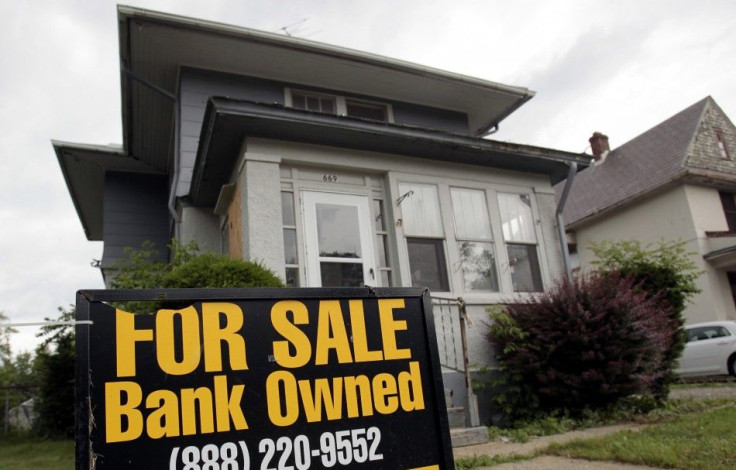Is US Housing Sector Recovering? A Preview Of Wednesday's 3 Big Reports

Three key U.S. housing reports to be released Wednesday are expected to show small improvements in home sales and construction, and the Federal Reserve's third round of quantitative easing, or QE3, could accelerate the recovery by boosting demand in coming months, according to industry sources.
Economists polled by Reuters believe existing home sales will increase to an annual pace of 4.55 million in August, up from 4.47 million in July. Housing starts in August are expected to increase to 765,000 from 746,000 units in July, but building permits are forecast to drop to 796,000 from 811,000. All three statistics will be released on Wednesday morning.
We're probably going to see a modest increase year-over-year, showing the glacier-like pace of the housing market recovery, said John Tashjian, principal of New York-based developer Centurion Real Estate Partners. What we really need is liquidity in the market.
Homebuilders like PulteGroup Inc (NYSE: PHM), Lennar Corp. (NYSE: LEN) andToll Brothers Inc., the biggest U.S. luxury builder, (NYSE: TOL), have benefitted from an increase in home demand, and their stocks have surged. But regular homeowners are still struggling with high down payments and credit score requirements for their mortgages.
The Federal Reserve has committed to buy $40 billion in mortgage securities each month until the job market improves. This is expected to push mortgage rates even lower, below the current 30-year rate of around 3.5 percent. The Fed will also keep interest rates low through 2015.
Tashjian, who had to wait around six months before getting his own mortgage, believes that these efforts will encourage banks to eventually expand their lending practices, but it could take months before any significant effects are seen. The banks have to stop sitting on their hands, he said.
The country's biggest commercial banks Bank of America Corp. (NYSE: BAC) and JPMorgan Chase & Co. (NYSE: JPM) have implemented very tight mortgage approvals after the subprime disaster, although Wells Fargo & Co. (NYSE: WFC), which was less exposed to the crisis, has increased its business since the recession to become the country's largest lender.
Currently, around 80 percent all new mortgages are refinances of existing properties, according to the Mortgage Bankers Association, which doesn't contribute to sales activity. Around 15 to 20 percent of existing home purchases are made by investors, rather than owner-occupants.
In select markets, investors are coming back, said Tashjian, In distressed, they've taken the good stuff off the table. Tashjian's Centurion Real Estate Partners is active in New York, Los Angeles San Francisco and South Florida, relatively strong market, but avoids the midwest because it can't find the deal size that it is active in.
The other major factor for housing is consumer confidence, he said. That sentiment is depending on number of factors, including the unemployment rate, trends in home prices and the price of consumer goods and commodities.
Another wild card is the euro zone crisis, although the European Central Bank said last week it would buy bonds from troubled countries, despite German opposition. If the region becomes volatile, the global economy -- including U.S. housing -- will likely concede the progress it has made.
A real recovery, with sustained job growth and increases in home prices, won't occur for two to three years, but the Fed's move to action will be a significant boost, said Tashjian.
I'm more confident today than I have been in years, said Tashjian. This is not going to be an overnight change, but we're on the right path.
-
© Copyright IBTimes 2024. All rights reserved.











